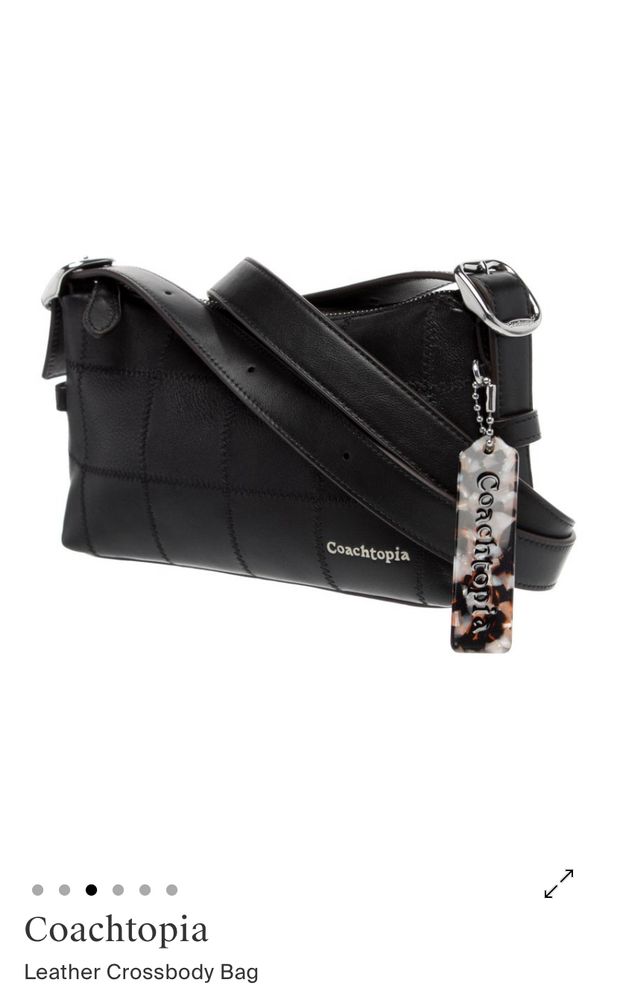emmie malone 🏳️⚧️
@emmiemalone.bsky.social
1.4K followers
240 following
660 posts
Assistant Professor of Philosophy. Mostly working on genre, popular music, and fashion. Also interested in the global history of philosophy, trans philosophy, and applied ethics! https://sites.google.com/view/emmie-malone/
Posts
Media
Videos
Starter Packs
Pinned
Reposted by emmie malone 🏳️⚧️
Reposted by emmie malone 🏳️⚧️





















